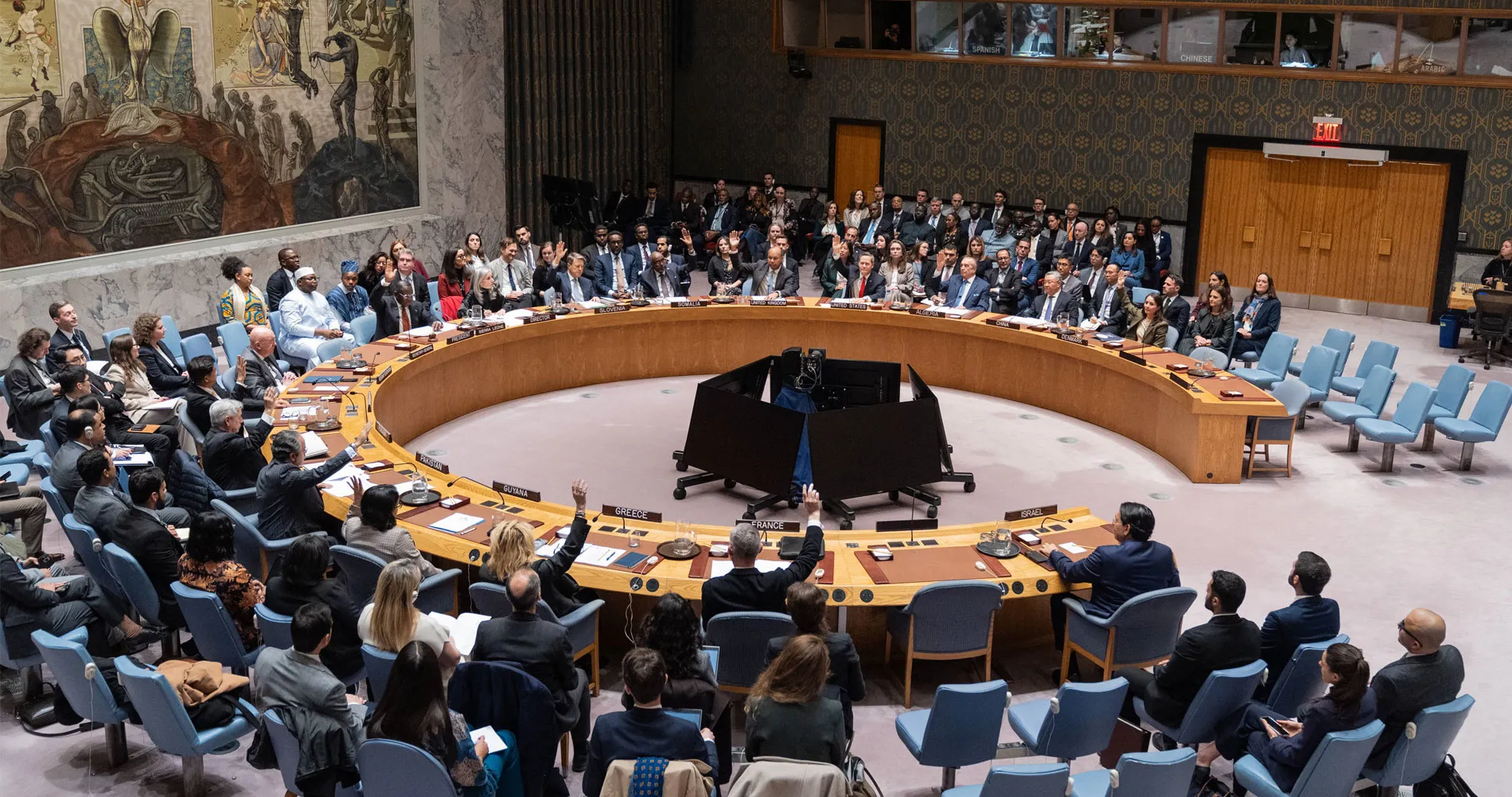Facing the nation’s sharpest housing crisis, California legislators are considering a bill which would allow college/university students to sleep in their cars in designated areas on campus. The bill comes as a measure of last resort in a time when rents in the state are well above the national average and new housing developments are in a slump.
Reed McIntire
12 June 2025
In an attempt to address the ever-growing housing crisis, California Democrat Corey Jackson has proposed a new bill which would allow students to sleep in their cars on or near campus. The bill comes at a time where Californian rent prices are 30% above the national average, and the availability of affordable housing does not meet demand, a clear indication of a housing crisis.
Jackson states his primary concern is preparedness for the worst-case scenario for some California students. In 2023, the Community College League of California found that roughly 60% of community college students in California are housing insecure and 25% are homeless. Additionally, 9% of university students in the state are reported to be experiencing homelessness.
If passed, the bill would mandate that community colleges and California State University (CSU) campuses provide designated and secure overnight parking spaces with access to bathrooms and a clear permit procedure. These programs would last four weeks for community colleges and two weeks for CSU campuses while also establishing connections to more sustainable housing options for participants.
Currently, one pilot program already exists in California. Long Beach Community College launched a similar program in 2021 after discovering that 70 students were already sleeping in their cars. The program costs USD 200 000 per year and provides a safe space to park overnight as well as access to bathroom amenities and the internet.
Nonetheless, the bill is now the target of criticism. Namely, critics cite a lack of resources, both financial and administrative, to put the program into action. CSU campuses have lost an annual USD 375 million in funding from the state government, making this program difficult to implement without additional aid. Furthermore, some cite security concerns, fearing the possibility that these parking spaces would evolve into homeless encampments.
However, Jackson has responded to these concerns, offering to delay full implementation of the bill until further funding can be secured. Additionally, Jackson is under no illusion that the bill would fully resolve the housing crisis, but rather the bill would be a measure of last resort for the most vulnerable students.
Outside of the universities and colleges, California’s housing crisis has been the subject of debate for some time. In 2019, the Public Policy Institute of California found that 68% of adults statewide view housing affordability as a major concern, with 63% viewing homelessness the same way.
Among the many causes of the housing crisis, a lack of new housing units is often cited as the major factor. According to the California Department of Housing and Community Development, over the past ten years fewer than 80 000 homes were constructed per year on average, while there is a projected need for 180 000 new homes annually –a clear shortcoming. Despite this need though, the construction of new homes is hampered by restrictive zoning laws and other regulations, prohibiting the construction of widespread multi-family housing. Roughly a half of California’s zoned land is set aside for single family households only, while only a quarter is used for multi-family housing. Additionally, the Department of Housing and Community Development, responsible for construction and oversight of low-income housing, has been chronically underfunded by the federal government, leading to a downturn in construction and increased limits on subsidized rents.
The recent catastrophic fires in California have become the poster child of wrong housing policies and policies.
California is far from the only state in the nation to be experiencing a housing crisis. Currently there is a nationwide shortage of over 7 million affordable housing options for low-income families. Furthermore, there is no state in the entire country where a person working full time at minimum wage can afford a two-bedroom apartment. With housing prices rising and economic opportunities diminishing, it is likely that these problems will not only persist but grow as well.
Outside of the US, other nations are having similar housing issues. Rent costs in Ireland have greatly increased, making it difficult for people to find adequate lodging in urban areas, and even leading some to leave the country altogether. Last year, France saw a 29% slump in the construction of new homes nationwide, providing only a quarter of the 200 000 new homes needed annually. In response, the French government is trying to incentivize local municipalities to build more housing units. However, they are unlikely to do so, as they would also be required to expand public services alongside any new housing development.
Regardless of location, it is clear that current policies and tactics for housing development are unable to keep pace with growing populations and economic problems. While programs like Jackson’s could alleviate some of the worst effects, ultimately larger economic and policy changes are needed to address a now-global housing crisis. Resolving unfair zoning regulations and reallocating funds have become crucial to providing safe and affordable housing for most citizens everywhere.






















